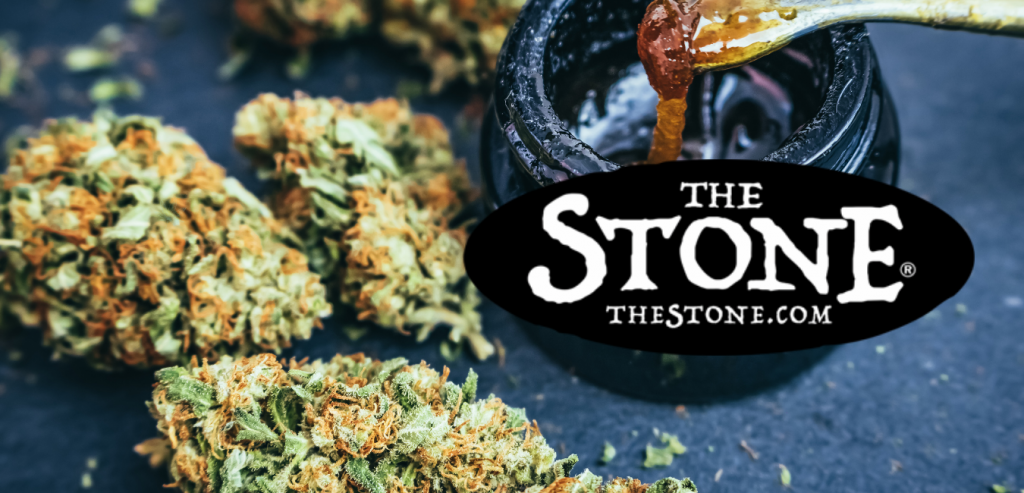
This website is for users aged 21 and over. Please confirm your age.

Cannabis Sativa and Cannabis Indica are two of the most well-known varieties of the cannabis plant. However, many people don’t know the differences between the two.
Sativa is known for its energizing and uplifting effects, while Indica is known for its sedating and relaxing effects. Sativa typically has a more cerebral effect, while Indica is more likely to cause a body high.
Cannabis Sativa plants are taller and thinner than Cannabis Indica plants. They also have narrower leaves and grow in more moderate climates. Cannabis Indica plants are shorter and bushier, with broader leaves. They thrive in warmer temperatures.
Smoking marijuana has proven to be one of the most effective ways to relieve pain, depression, and anxiety. Whether for recreation or medicinal purposes, marijuana leaves the user feeling happy, relaxed, and hungry. Figuring out how much you need to take to get “high” is easy compared to other drugs; the difference between Sativa and Indica is not so cut and dry. So, what are the differences between these two types of marijuana?
If you have been in a head shop or vape shop lately, you have probably seen a wide range of edibles, strains, and concentrates. It’s important to remember that you cannot simply take the exact dosage of Sativa as Indica. So, what is the difference between these two strains? Let’s find out!
This article will compare the differences in Sativa & Indica marijuana plants and then compare them to hybrid strains.

Sativa: The “get up and go” weed, this hybrid is genetically bred from Colombian, Mexican, and Thai plants, which are naturally high in THC. While they grow taller than an average marijuana plant (some can grow to over 20 feet), they typically have a higher CBD content, which is better for medicinal purposes.
Indica: These strains originated from the Hindu Kush mountain range and have been bred to be shorter and bushier than their Sativa counterparts. Typically, Indicas contain a higher percentage of THC – often reaching 20%. They also produce a “couch-lock” sensation conducive to sleep, relieving pain and anxiety.
Their dominant effects provide energy, focus, and invigoration. Some varieties are so peppery that they can trigger paranoia in some users, while others produce euphoric feelings of creativity.
Hybrids result from crossing varieties, creating a strain with characteristics of both. Some common combinations include OG Kush, which contains a mix of both Indica and Sativa properties. Each new generation brings different features, but generally, the hybrid produces uplifting effects while allowing for relaxation.
Oral consumption quickly delivers THC to your system and can create fast-acting feelings associated with Sativas. Injecting allows THC to enter your bloodstream directly. This can trigger the couch-lock, lethargic feeling associated with Indicas. Smoking allows THC to travel through your lungs and quickly enter your bloodstream. This provides a quick high but is typically not recommended for first-time users since too much THC can cause nausea and discomfort.
Sativa strains have higher THC levels, while Indica strains have higher CBD levels.
The differences between Cannabis Sativa and Cannabis Indica are mainly in their appearance, effects, and THC/CBD levels. If you’re looking for a strain that will give you an uplifting buzz, go for a Sativa. If you’re looking for a strain to help you relax, go for an Indica.
Denver is quickly becoming one of the top cities in the United States for cannabis. With so many dispensaries to choose from, it can be hard to know which one is the best. But there’s one thing that all of Denver’s best dispensaries have in common: excellent customer service.
The staff at Denver’s dispensaries are knowledgeable and friendly, always willing to help you find what you’re looking for. They take the time to get to know their customers and understand their needs. And they go above and beyond to make sure everyone leaves happy.
If you’re looking for a dispensary with excellent customer service, Denver is the place to be. The best dispensaries here do everything to make sure their customers are happy, from providing excellent product knowledge to offering helpful advice. So whether you’re a first-time cannabis shopper or a longtime fan, you’ll be in good hands at Denver’s dispensaries.
If you are looking for a fantastic Denver dispensary, look no further than The Stone. This dispensary has some of the best customer services in the city and a great selection of products. The staff is always willing to help you find what you need, and they go out of their way to make sure you’re happy with your purchase.
In addition to excellent customer service, The Stone also has a wide variety of products. Whether you’re looking for flower, edibles, concentrates, or topicals, they have it all. And if you’re not sure what you want, their knowledgeable staff is always happy to help you find the perfect product for your needs.
Whether you’re a first-time cannabis shopper or a lifelong fan, The Stone is the Denver dispensary. With excellent customer service and a wide selection of products, they have everything you need to enjoy your experience at the dispensary. So please stop by today and see what they have to offer!
The Stone Dispensary offers its customers excellent customer service, a wide variety of product selections, and competitive prices. Newcomers and experienced shoppers alike can find what they need at The Stone, and the staff is always happy to help. In addition to flower, this Denver dispensary also offers edibles, concentrates, and topicals. For those who want to learn more about cannabis or don’t know where to start, The Stone’s knowledgeable staff always offers advice. With everything you need for an enjoyable dispensary experience, stop by The Stone today.
We warmly welcome you to explore our highly acclaimed strains, concentrates, and edibles. Serving recreational clients with pride is our passion.
At our dispensary, you'll find a professional yet inviting atmosphere that prioritizes your comfort and privacy. Feel free to stop by at your earliest convenience to experience it for yourself. We can't wait to serve you!


